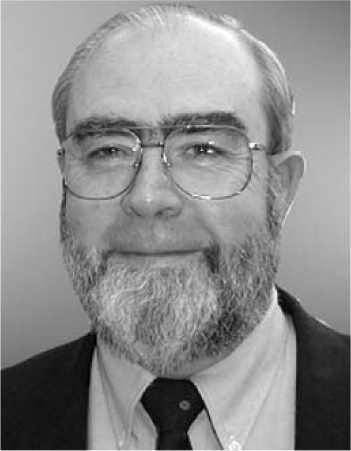Frey Voted President-Elect of AAPM
DOI: 10.1063/1.1522178
Medical physicist G. Donald Frey of the Medical University of South Carolina (MUSC) in Charleston will be the president-elect of the American Association of Physicists in Medicine for 2003. He will begin his term on 1 January 2003, becoming president in 2004 and chair of the AAPM board in 2005. The current president-elect, Martin S. Weinhous, will take the presidency this January, succeeding Robert G. Gould, who will become chair of the board. In his candidate statement, Frey said that he plans to “continue efforts to make the American Association of Physicists in Medicine and the medical physics profession more visible to the public, medical and scientific professionals, and political leaders.” He added that perhaps “this increased visibility will help recruit new physicists into the profession.” He also conveyed his interest in increasing AAPM’s role in developing regulations and accreditation programs.
Frey received a BS in physics with a minor in philosophy from Canisius College in Buffalo, New York, in 1965 and a PhD in nuclear physics from the University of South Carolina in 1970. Following brief service in the US Army, Frey joined MUSC in 1971, rising through the ranks from associate professor to his current position as professor of radiology and director of diagnostics physics. His primary area of interest is medical physics education.
In other AAPM election results, David R. Pickens (Vanderbilt Medical Center, Nashville, Tennessee) will take office on 1 January as secretary for a two-year term. Elected to the AAPM board of directors for three-year terms are Julie E. Dawson (Saint Louis University), Benedick A. Fraass (University of Michigan), Michael G. Herman (Mayo Clinic in Rochester, Minnesota), and Timothy D. Solberg (UCLA).

Frey

